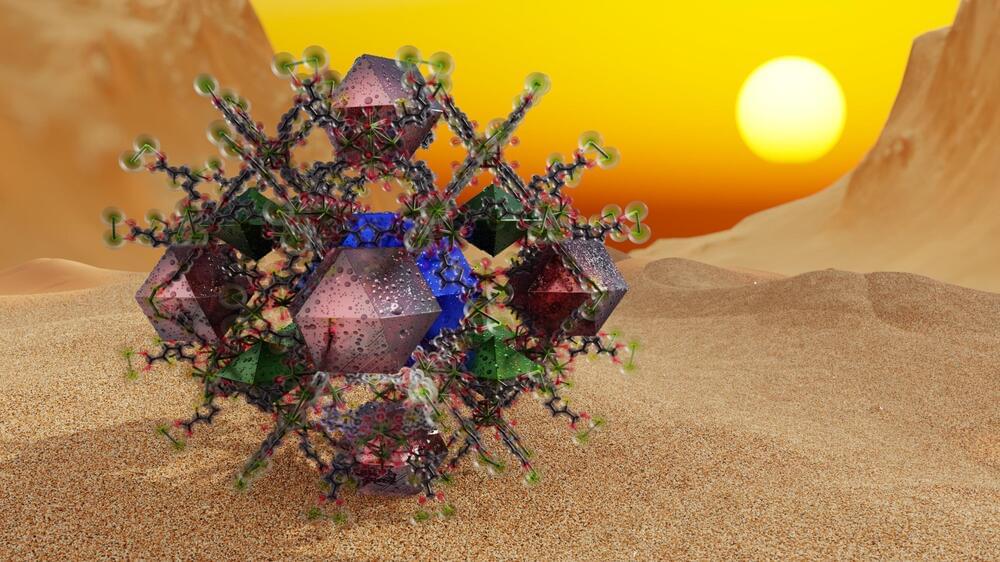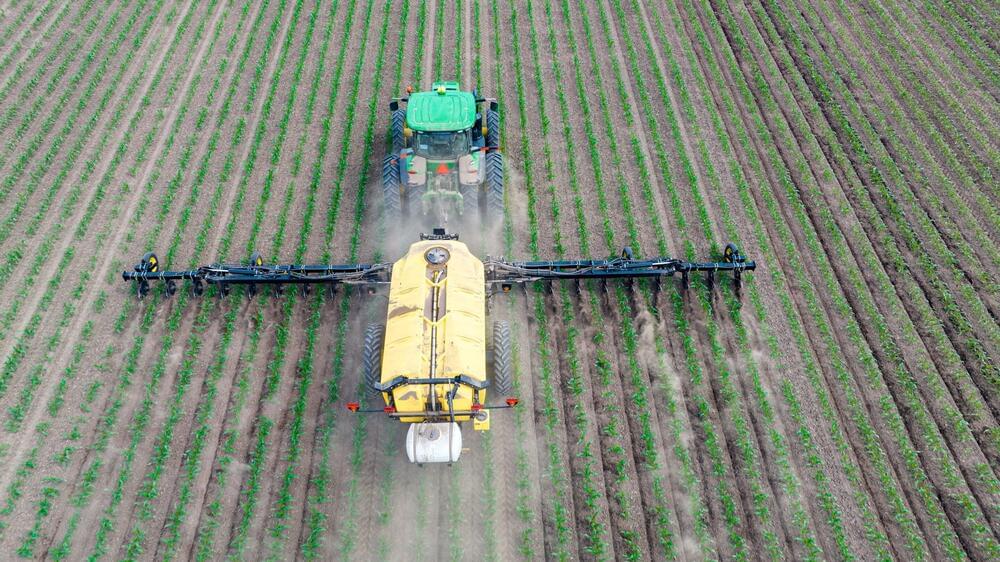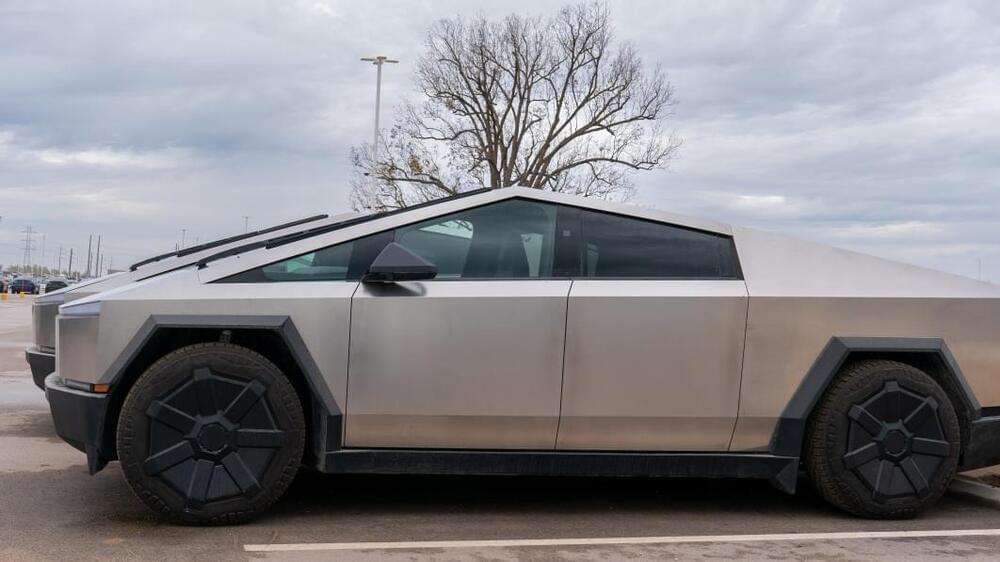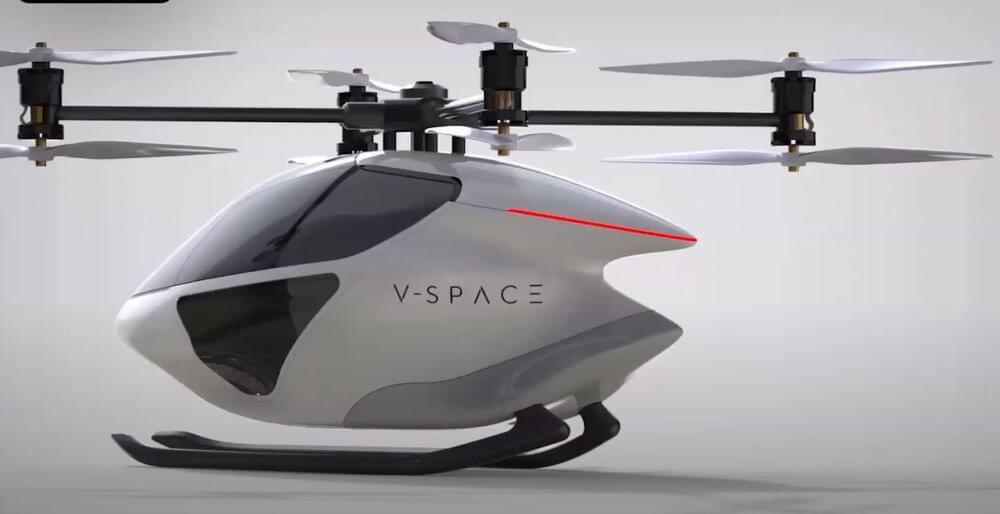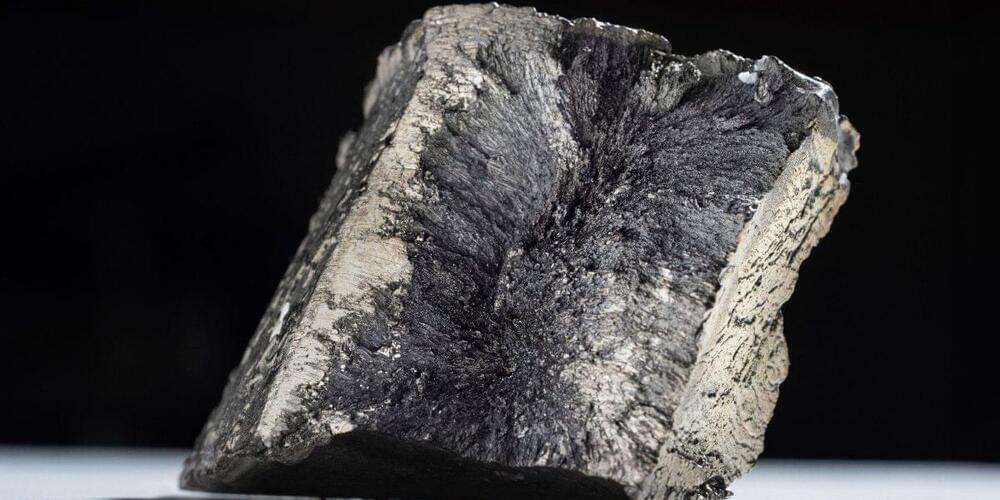Unless it is augmented with graphene, watching concrete dry might not be the most thrilling activity. Graphene was initially isolated in 2004 by scientists at The University of Manchester and has become iconic in materials research, with applications ranging from energy storage and water filtering to transportation and construction, including concrete.
A new future for cement is being facilitated by graphene. Soon, everyone will have the option to select the color, texture, and features that they want very soon. More significantly, though, and even more so than its practicality and beauty, the increasing global sustainability movement is rekindling interest in the possibilities of concrete enriched with graphene.
The building sector is confronted with a plethora of obstacles in light of Net Zero aims, and a viable path toward progress could be through the extensive integration of cutting-edge materials. Cement production accounts for 8–10% of worldwide CO2 emissions, making it one of the industries with the largest carbon footprints.



